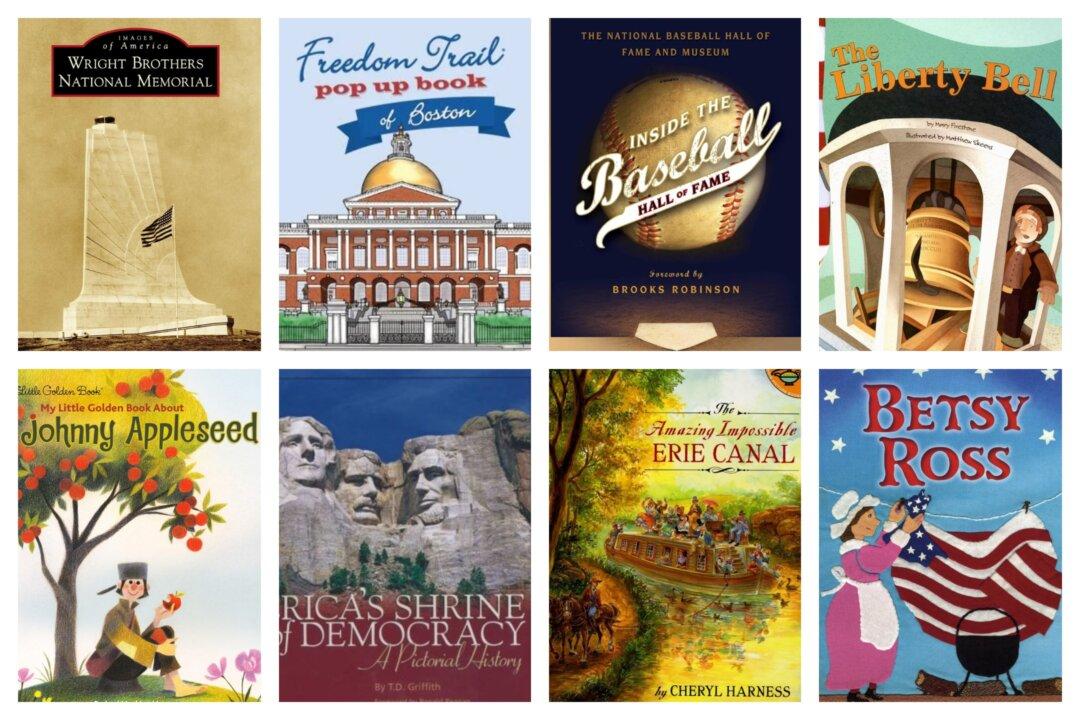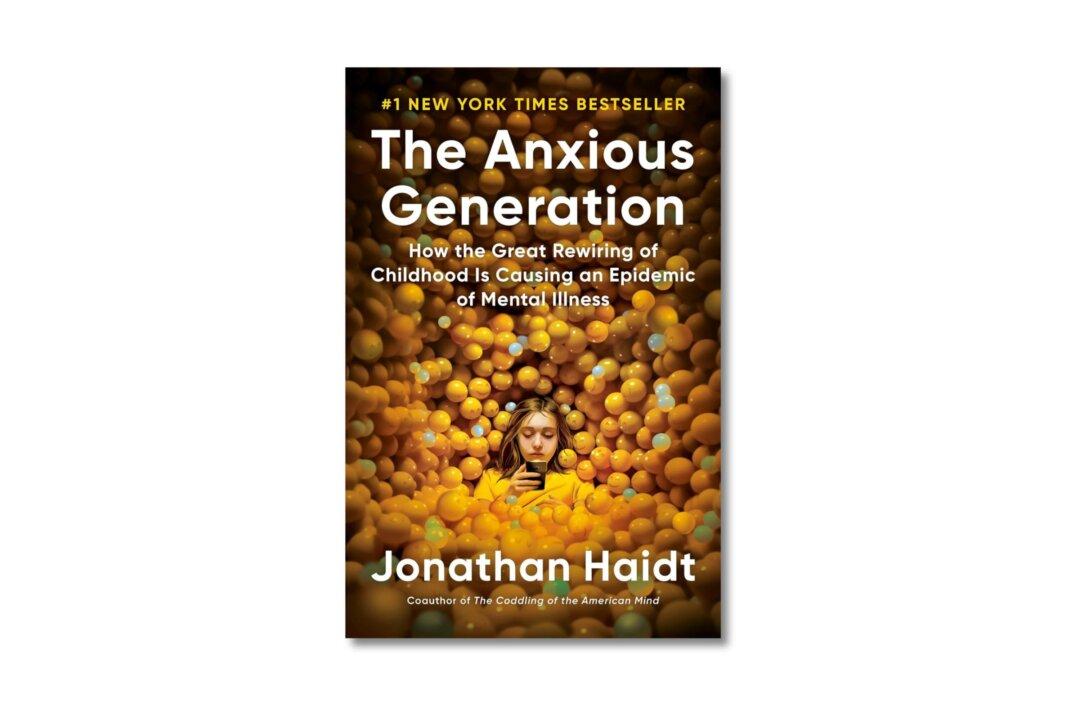Disease is one of the greatest challenges in life. Feb. 29, a rare day needed to align our calendars with the Earth’s revolutions around the sun, is also Rare Disease Day. The sponsor, NORD, the National Organization for Rare Disorders, holds this day to increase awareness in the wider community about rare diseases.
The day allows patients to share their stories and promote awareness of the challenges, hopes, and needs of those living with rare diseases. Mary Dunkle, vice president of education for NORD, told me, “This special day only happens once this year, but NORD tries to keep the sharing spirit alive all year long.”
Hopefully, an awareness of the roughly 7,000 rare diseases currently identified will lead to their earlier and improved diagnosis, support the development of better national policies to deal with them, increase research and orphan drug development to treat them, and reduce the isolation felt by patients and families enduring them.
When doctors are exposed to patients with rare diseases—something NORD strives for—their minds are opened to new possibilities for diagnosing and treating all diseases. One of NORD’s slogan is “If you hear hoof beats, don’t assume it is a horse—it might be a zebra.”
Inspired by NORD, I would like to introduce some children’s books about diseases and disabilities.
‘Mama Zooms’ by Jane Cowen-Fletcher

This is a book about a little boy who just happens to have a mother who uses a wheelchair. The boy and mom have lots of adventures together when she holds him on her lap while she “zooms” around in her chair. The boy pretends to be a pilot, a jockey, an astronaut, and so on.
The father is involved and helps in these pretend activities. My favorite picture is of the mother in her zooming machine holding the little boy while the father holds the little boy’s hand. I also enjoy the picture of the mother putting her little boy to bed.
This book normalizes disability with a positive can-do attitude in the face of what might be considered adversity. You can’t always control circumstances, but you can control your attitude.
‘Little Tree: A Story for Children With Serious Medical Problems’ by Joyce C. Mills

It can be very hard to explain illness to a child. This book meets the challenge: A powerful storm suddenly hits the forest. Many of Little Tree’s branches break off. Tree wizards come and give Little Tree herbs.
The wizards fix some of her branches and teach her how to do a relaxation exercise to cope successfully while undergoing treatment. This exercise is explained in detail in the back of the book. (It is worth getting the book just for directions to do the magic happy breath.) Little Tree focuses on recovery and, at the end of the story, she is strong and happy.
In addition to a wonderful story, there is a very impressive page at the back of the book about serious medical problems.
‘Through Grandpa’s Eyes’ by Patricia MacLachlan
The book shows a young boy’s visit to his grandfather’s house, where the two have a very close, loving relationship. We see in a very simple and positive way how the grandfather perceives the world without his visual sense.
When it is time for eating breakfast, Grandpa’s plate becomes a clock with eggs at 9 o‘clock, toast at 2 o’clock, and jam at 6 o'clock. Grandpa uses his senses to play music and do sculpture. On a nature walk, he is so used to identifying birds by sound, the boy forgets for a moment that Grandpa can’t see.
Grandpa reads with Braille and listens to the music and words on television to judge the action.
Best of all, Grandpa is able to put his grandson to sleep. This is an uplifting book that shows how a person with a disability can handle a daily life that is very satisfactory.
‘Kathy’s Hats: A Story of Hope’ by Trudy Krisher
This book is based on a true story. Kathy loves hats. We see pictures of different hats that Kathy had in her early childhood. Then Kathy gets cancer, loses her hair, and needs to wear a hat to hide her baldness.
Kathy’s attitude toward hats completely changes. Her wise mother notices this and tells her to put on her thinking cap when looking at this situation. Shortly after that, Kathy pins her teddy bear pin to her hat. Then she puts many other pins on her hat.
With this fashion statement, Kathy finds the inner peace to finish her journey to get well.
Two years later, Kathy’s teacher asks everyone to bring a hat and cupcakes to school because Kathy is in remission. The class does so and there is a wonderful picture of everyone throwing their hats in the air, including Kathy.
Kathy keeps her decorated hat but starts focusing on her future. She hopes it will include a graduation cap, a bride’s veil, and having a baby with a baby hat.
‘Lee: The Rabbit With Epilepsy’ by Deborah M. Moss
People often don’t like to talk about epilepsy due to a stigma about the disease dating back to ancient civilizations. This book makes it clear that there is absolutely no reason to feel shame if you have epilepsy. For this reason alone, the book deserves wider circulation. It also anthropomorphizes animals, which makes the disease less scary.
Lee, a young rabbit, has her first seizure during a fishing trip with her grandfather. Once home, she has a seizure again. Her parents take her to the doctor, who pastes some wires to Lee’s head. The test is depicted in a gentle way and does not seem frightening at all.
Then the doctor explains to Lee about all forms of epilepsy in clear, reassuring terms. Once Lee’s seizures are controlled, she and her family discover that she can do everything she used to do, including her favorite pastime, fishing.

‘Forget Me Not‘ by Nancy Van Laan
In words and pictures, this book beautifully depicts a young girl’s perspective as her grandmother slowly loses her memory.
Julia, talking in the first person, tells how at first Grandma does not remember names, then forgets what they did together, and then loses her car.
Julia describes Grandma’s forgetfulness progressing as Grandma forgets to turn on the oven and wanders off. Finally, Grandma is outside in the snow in only her nightie, digging for forget-me-nots. Julia’s family makes the difficult decision to move Grandma to a home. Julia is sad but soon realizes that Grandma is better off in her new, safe environment.
When Julia visits Grandma, she still gives her a big hug each time and shows her unconditional love. At the end of the story, Julia hasn’t completely given up on Grandma getting well because she thinks about bringing Grandma flowers and seeing Grandma smile and clap her hands like she used to.
This is a perfect ending for this story and also for this article because hope should spring eternal whenever disease is involved.

For more information, see RareDiseases.org
Linda Wiegenfeld is a retired teacher. She can be reached for comments or suggestions at [email protected]





